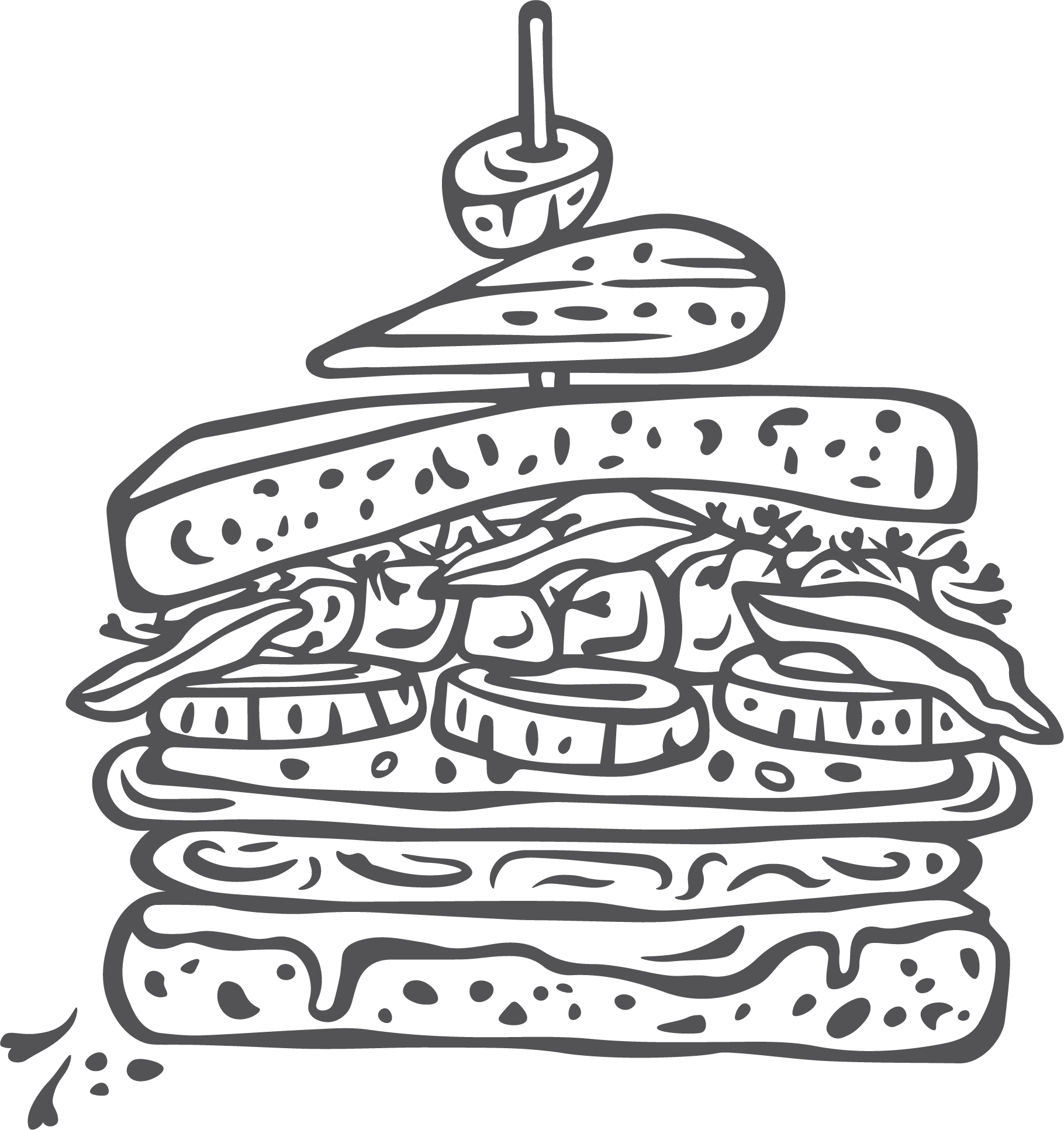

Rye is another type of grass akin to wheat and barley, which is why it’s treated in a similar manner. Rye berries are slightly slimmer with a greenish hue. The flavor is more pronounced than wheat, with an earthy taste that can harken a bit of sourness in rye recipes.
Whole Berries
Cracked
Flakes
Flour
Rye makes a good substitute for wheat berries and rice in salads, and even heartier dishes. I use the flakes and flour most, but the berries are a great option as well. Whole rye can be cracked and makes an excellent risotto or porridge. I like to mix rye flakes and berries with other grains for a multi-grain porridge.
Flour: With rye flour, it’s important to look at the color. The lighter the flour color, the more bran was taken out in the milling process. I like to find dark rye, which I also find has a truer rye flavor. Even though it’s similar to wheat, rye doesn’t contain the same amount of gluten. Rye is better as an added flour, especially in breads.
For tender, but chewy berries, bring a pot of water to a boil with a pinch of salt. Add the rye berries, reduce to a simmer, and cook upwards of 60 minutes. Drain any excess water and serve. Soak rye berries overnight to reduce cooking time. Rye flakes and cracked rye both cook similar: 1 cup rye to 3 cups liquid. Bring to a boil, reduce to a simmer, and cook for 15 minutes; stirring occasionally. Cracked rye may need a bit more time, taste and adjust time as needed.
Rye is traditionally used in breads but the whole berries can be used like wheat berries: in salads, as a base for grain bowls, or in casseroles/soups/stews. Rye has a bit more earthy flavor than wheat, so use accordingly.
Rye, whether the whole grain or flour, is best stored in airtight containers in a cool place. Whole berries can be stored up to a year in the freezer or 6 months in the pantry. Rye flour is best stored in the freezer and will last up to 6 months. If the grains or flour have a rancid smell when you open the bag, toss and buy fresh.

